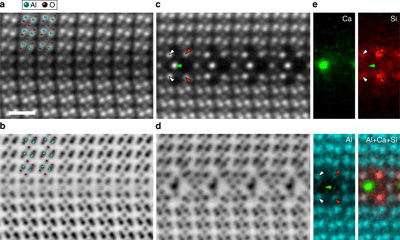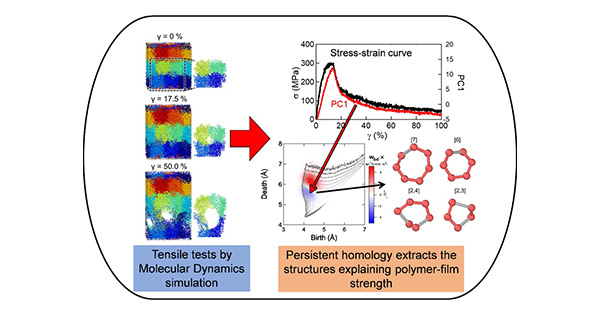Share this
Authors
Toshihiro Futazuka, Ryo Ishikawa, Naoya Shibata, Yuichi Ikuhara
Abstract
Impurity doping is a conventional but one of the most effective ways to control the functional properties of materials. In insulating materials, the dopant solubility limit is considerably low in general, and the dopants often segregate to grain boundaries (GBs) in polycrystals, which significantly alter their entire properties. However, detailed mechanisms on how dopant atoms form structures at GBs and change their properties remain a matter of conjecture. Here, we show GB structural transformation in α-Al2O3 induced by co-segregation of Ca and Si aliovalent dopants using atomic-resolution scanning transmission electron microscopy combined with density functional theory calculations. To accommodate large-sized Ca ions at the GB core, the pristine GB atomic structure is transformed into a new GB structure with larger free volumes. Moreover, the Si and Ca dopants form a chemically ordered structure, and the charge compensation is achieved within the narrow GB core region rather than forming broader space charge layers. Our findings give an insight into GB engineering by utilizing aliovalent co-segregation.
Nature Communications: https://www.nature.com/articles/s41467-022-32935-4
These Related Stories


